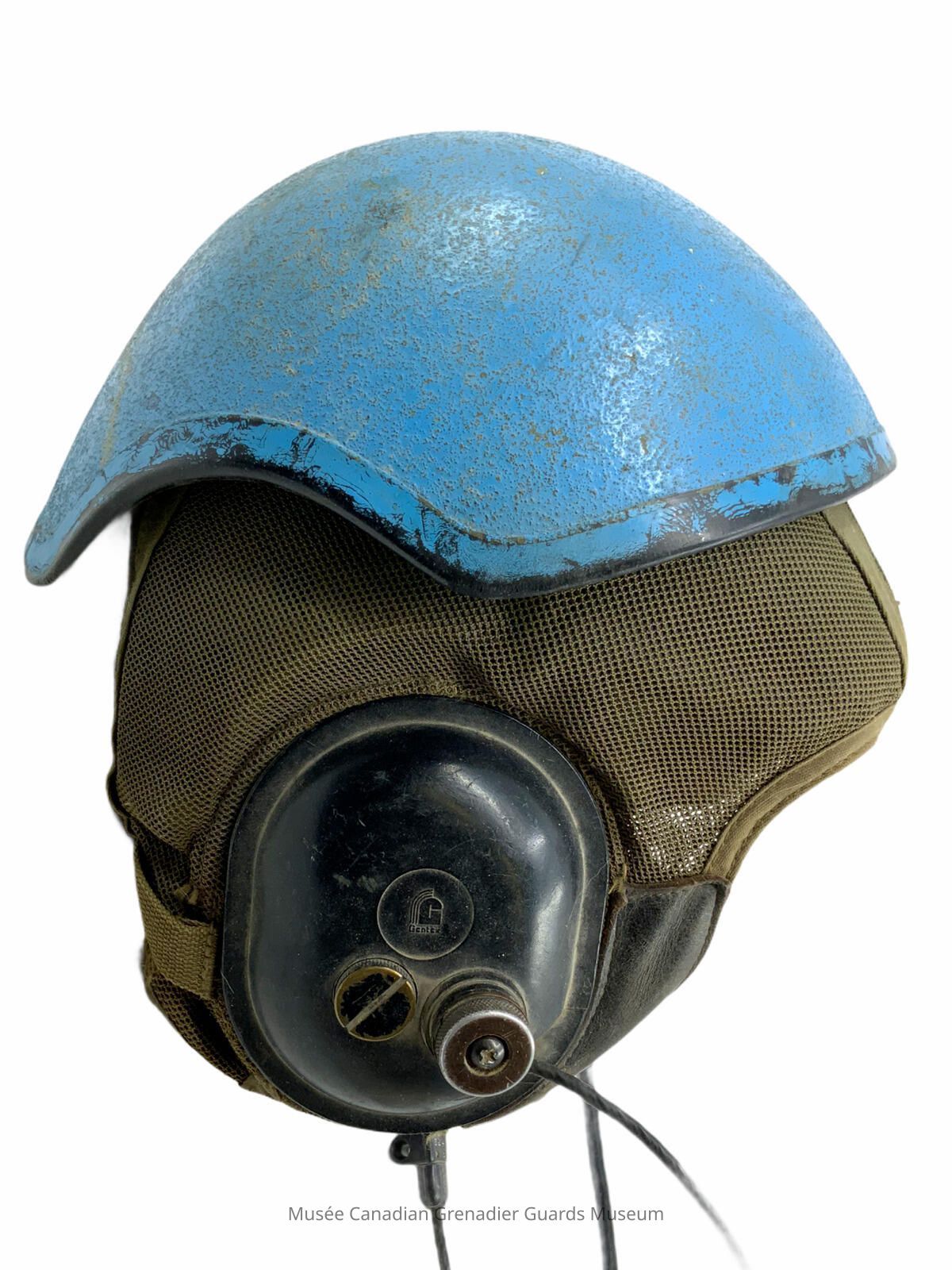Context
Operation CAVALIER
In April 1992 the Yugoslav civil war spread from Croatia to the neighbouring republic of Bosnia-Herzegovina. Fighting throughout the republic, but especially the siege of the capital city of Sarajevo, led to the decision to temporarily transfer some of UNPROFOR's peacekeepers from Croatia to Bosnia-Herzegovina to assist with the delivery of humanitarian relief supplies. Most prominent in this initial effort were the attempts in the summer of 1992 to open the Sarajevo airport to relief flights. Canadian peacekeepers, members of the Canadian infantry battalion group serving in Sector West, spent the month of July under gunfire at the Sarajevo airport until they were replaced by French, Ukrainian and Egyptian troops.
UNPROFOR's mandate was expanded in June 1992 to incorporate the "pink zones", areas outside of the UNPAs with substantial numbers of ethnic Serb residents. After adjusting to this additional territory, the first Canadian deployment finished its tour in early October and was replaced by engineers from 1 Combat Engineer Regiment and an infantry battalion group formed by 3rd Battalion, Princess Patricia's Canadian Light Infantry. The engineers continued the work begun by their predecessors until March 1993 when UNPROFOR’s engineering requirements were assumed by non-Canadian engineering units. Similarly, the soldiers of the infantry battalion group continued the peacekeeping duties previously undertaken in Sector West throughout a tense and dangerous six-month rotation. In September 1992 UNPROFOR was permanently expanded into Bosnia-Herzegovina in support of humanitarian relief operations throughout the country. This led to the Canadian government’s offer of another infantry battalion group under the designation Operation CAVALIER and became known to the UN as CANBAT 2. The 2nd Battalion, The Royal Canadian Regiment, provided the first six-month deployment and faced numerous difficulties attempting to fulfill their duties. Their primary task was to assist the UN in delivering humanitarian supplies by protecting and escorting humanitarian convoys around Sarajevo and throughout eastern and central Bosnia-Herzegovina. In addition, in January 1993 Canadian soldiers were sent to Macedonia to serve as observers along its borders with Serbia and Albania. This was an early example of UN “preventive peacekeeping” that was intended to keep local tensions from escalating to war. The Canadians were replaced in Macedonia by Scandinavian troops in March 1993.
In April 1993 Operation CAVALIER was expanded when 300 soldiers were redeployed to the eastern Bosnian city of Srebrenica to protect the city’s refugee population (mostly Bosnian Muslim). The next two battalion groups, provided by the 2e Bataillon, Royal 22e Régiment, and 12 e Régiment Blindé du Canada, continued to fulfill escort and protection duties while facing increased tension and instability in the region. In March 1994 a Dutch unit replaced the Canadian peacekeepers in Srebrenica. Three more Canadian infantry battalion groups, provided by the Lord Strathcona’s Horse (Royal Canadians), The Royal Canadian Dragoons and the 3e Bataillon, Royal 22e Régiment, served in Bosnia-Herzegovina while the situation continued to worsen between the spring of 1994 and late 1995.
Collection
Canadian War Museum ArchivesName/Title
Unknown
